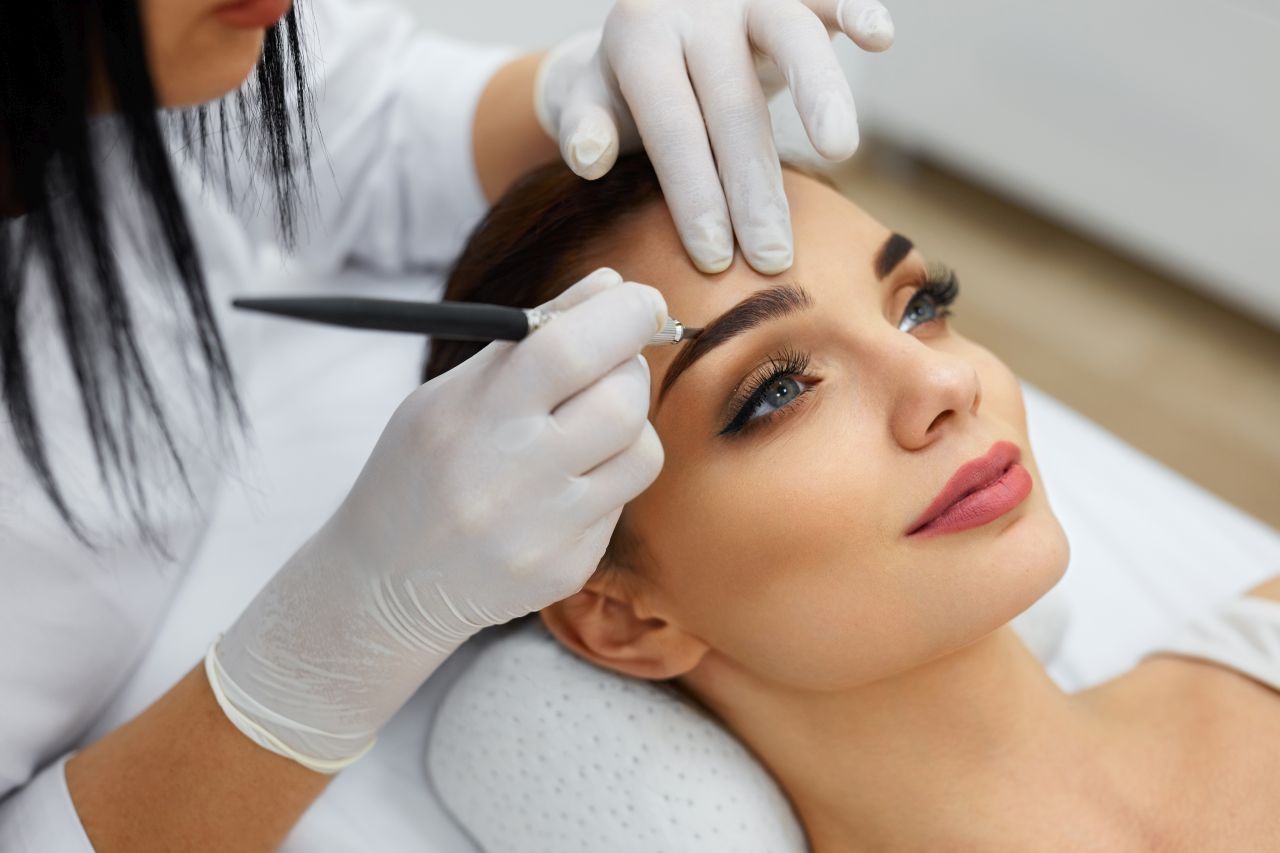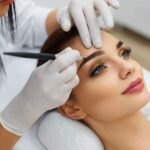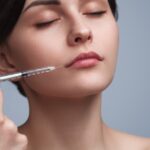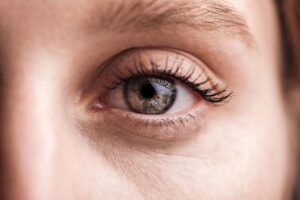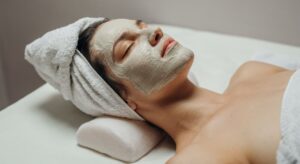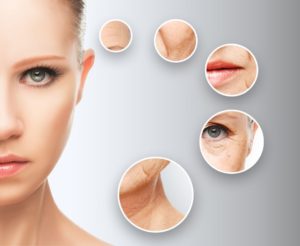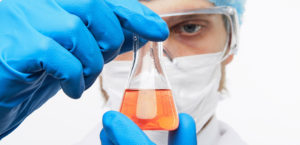Permanent makeup is making its mark in the beauty industry as a rapidly growing trend especially in New York City and Miami. Women are enhancing their features with semi-permanent cosmetic tattoo procedures such as microblading, permanent eyeliner, and lip blushing. While it can eliminate the hassle of daily makeup application, it’s important to consider whether it’s worth it in terms of risks, costs, and maintenance. In this article, we’ll explore everything you need to know about permanent makeup, including popular procedures, risks, aftercare, and how to choose a qualified artist.
What is Permanent Makeup and Why is it Popular?
What is the Difference Between Permanent Makeup and Tattooing?
Permanent makeup, also known as cosmetic tattooing or micropigmentation, is a semi-permanent cosmetic solution that naturally enhances features of the face, resembling conventional makeup. This is done by applying topical pigment under the skin’s surface using a small needle. The pigments are designed to blend with your skin and create a natural-looking makeup look.
Permanent makeup is often confused with tattoos because they both involve ink application to the skin. However, there are distinct differences between the two. The pigment used in tattoos is much deeper and lasts a lifetime, while the more superficial pigment used in permanent makeup usually fades within two years.
What are Popular Permanent Makeup Procedures?
Permanent makeup procedures have risen in popularity and become a must-have in the makeup market. There are different types of permanent makeup applications, such as:
- Microblading to shape and fill in eyebrows with hair strokes.
- Permanent eyeliner to define the eyes more clearly and eliminate the need for daily eyeliner application.
- Lip blushing which gives a natural-looking, subtle color tint to the lips.
What are the Benefits of Permanent Makeup?
The most notable benefit of permanent makeup is the convenience of perfectly applied makeup without the daily hassle of application. This can be a lifesaver for those with busy schedules or little time or interest in makeup application. Permanent makeup is perfect for people who want to look their best all of the time, without regretting smudged eyeliner or lipstick.
Another benefit of permanent makeup procedures is their longevity. They last up to two years and save you time and money in the long run. This is especially true for people who routinely buy and apply expensive makeup products.
What are the Risks and Potential Side Effects of Permanent Makeup?
What are the Risks Associated with Permanent Makeup Procedures?
Like any cosmetic procedure, permanent makeup is not without risks. The U.S Food & Drug Administration (FDA) does not regulate the permanent makeup industry, so it’s important to do thorough research when choosing an artist or studio to perform the procedure.
One of the significant risks associated with permanent makeup is infection. The needle used to apply the pigment penetrates the epidermis, leaving it vulnerable to bacteria and viruses. Therefore, precautionary measures such as sterile equipment, sanitization of the area, and following aseptic technique are essential to minimize the chances of infection.
What are the Most Common Side Effects of Permanent Makeup?
Aside from infection, permanent makeup procedures can cause other side effects like scarring, allergic reactions, and pigment migration. Scar modulation is an important factor to consider in the recovery period of permanent makeup tattoos. Some clients experience the formation of granulomas or allergic reactions, which can lead to scarring and discoloration. Additionally, the placement of pigment may sometimes migrate from its intended location or react in undesirable ways with your skin.
What Factors Can Affect the Outcome of a Permanent Makeup Procedure?
Several factors play a role in the outcome of a permanent makeup procedure. They include skin type, oily skin tending to fade faster, aftercare, sun exposure, the quality of pigment, numbing medication, and the competency of the artist performing the procedure. Therefore, it’s crucial to find a certified and experienced artist who uses high-quality pigments and advises on aftercare practices.
What are the Most Popular Types of Permanent Makeup Procedures?
What is Microblading and How Does it Work?
Microblading is a type of permanent makeup that has gained substantial popularity in recent times. It’s a technique used to create natural-looking eyebrows by applying hair-like strokes to the desired area. It’s done by inserting pigment into the epidermis layer of the skin in the brow area using a small blade. The outcome is natural-looking defined brows, long-lasting up to two years with proper aftercare.
What is Permanent Eyeliner and How is it Applied?
Permanent eyeliner is a popular procedure to define the eyes more clearly, enhancing their natural shape. It is a type of tattoo applied through the topical application of pigment in between the eyelashes. Depending on the desired look, there are different techniques to create different styles of eyeliners, from a thick dramatic line to a thin, natural one. As with any permanent makeup procedure, the results can vary depending on skin type and individual preference.
How is Lip Blushing Different from Other Types of Permanent Makeup?
Lip blushing is a semi-permanent cosmetic tattoo that creates a natural-looking, subtle tint to the lips. It is different from lip tattoos, which are usually deeper and have more color and stick to the skin for longer. Lip blushing can help in masking scars or creating more vibrant lip color without having to apply lipstick constantly.
At James Christian Cosmetics in Long Island and Miami we offer a good selection of permanent makeup service and are happy to have you come in for a free consultation to discuss which options might be best for you!
How to Choose a Permanent Makeup Artist or Studio?
What to Look for When Choosing a Permanent Makeup Artist or Studio?

Choosing a competent, skilled permanent makeup artist is the key to ensuring a successful and safe procedure. Here are some essential factors to consider when selecting an artist or studio:
- Certification: Look for an artist who has proper certification and training and has or is associated with a reputable organization.
- Experience: Find someone who has adequate experience performing the procedure you want.
- Reviews: Look for reviews from previous clients, read their experiences, and check before and after photos of their work.
- Cleanliness: Ensure that the studio is clean, hygienic, and uses sterile equipment.
What Questions to Ask Your Permanent Makeup Artist Before the Procedure?
Before undergoing a permanent makeup procedure, it’s essential to ask your artist or studio several questions to get a clear understanding of the process. These questions include:
- What pigments do you use?
- What is your process for maintaining a sterile environment?
- What are the aftercare steps?
- How long will the procedure take?
How to Ensure Safe and Effective Permanent Makeup Treatment?
It’s vital to heed your permanent makeup artist’s instructions to ensure that you achieve optimal results and prevent infections and complications. Aftercare instructions usually involve keeping the treated area clean, avoiding exposure to sun or moisture, and avoiding strenuous activities such as exercise. It’s also important to avoid picking or rubbing the treated area to help prevent scarring and pigment migration.
How to Take Care of Your Skin After a Permanent Makeup Procedure?
What are the Best Aftercare Practices for Permanent Makeup?
After a permanent makeup procedure, it’s crucial to follow specific aftercare instructions. The artist will typically provide a detailed list of instructions, which include:
- Keep the treated area clean, dry, and moisturized as directed.
- Avoid exposure to sunlight and sauna – this is more important in places like Miami where it’s hot and sunny year-round, but definitely shouldn’t be ignored during the summer months in places like New York City or Long Island.
- Avoid strenuous activities such as exercise and swimming.
- Avoid the use of makeup products on the treated area until it is fully healed.
How to Prevent Infections and Complications After a Permanent Makeup Treatment?
Care should be taken to avoid infections that may cause unwanted complications after permanent makeup treatment. Here are some tips on how to avoid infections:
- Be sure to select a qualified permanent makeup artist.
- Ensure the studio is clean, hygienic, and uses sterile equipment.
- Follow the aftercare instructions provided by your artist/studio.
- Do not use products not approved by your artist/studio.
- Avoid prolonged exposure to the sun, saltwater, and chlorine.
What are the Most Common Mistakes to Avoid After a Permanent Makeup Procedure?
One of the most common mistakes people make after a permanent makeup procedure is not following their clinician’s aftercare instructions. Other common mistakes include:
-
- Wetting the treated area too soon after the procedure.
- Applying makeup or other products before the area is fully healed.
*Information in this article is not medical advice and may not be factually accurate. It is intended for entertainment purposes only. Consult with a physician before attempting any tips in this blog post and to get the most up to date factual data about any procedure or treatment.

